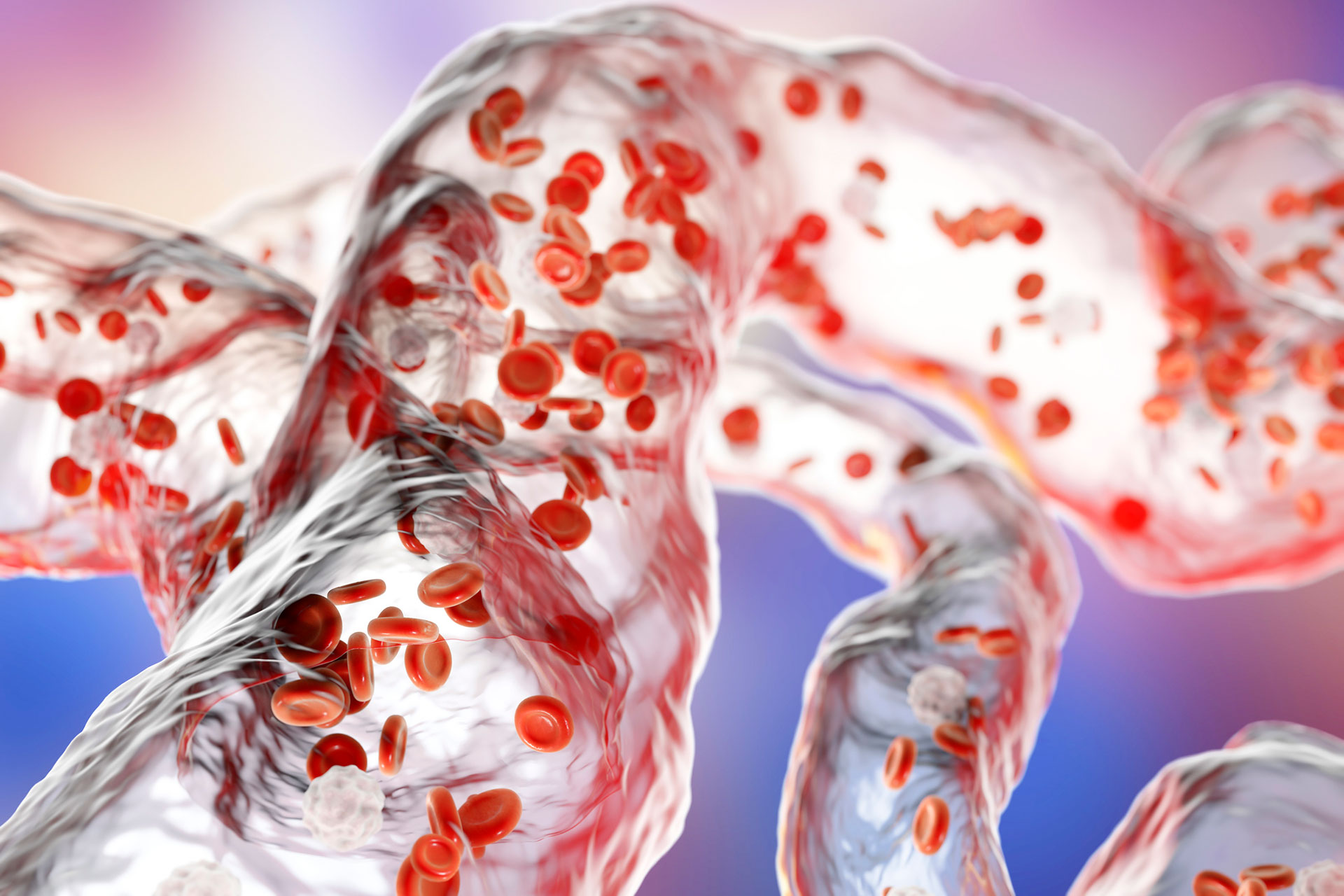
Iliac Disease
Premier Vein & Vascular
Vascular and Endovascular Surgery located in Tampa, FL & Largo, FL
Arteries are critical to delivering oxygen-rich blood to your arms and legs. When legs don’t get enough blood, pain, cramping, and other complications can develop. Restricted blood flow to legs is a characteristic of aortoiliac disease, a common type of peripheral arterial disease. If you’re suffering leg pain or other symptoms of aortoiliac disease, make an appointment with Nestor Guerrero, ARNP-C, and the capable team at Premier Vein & Vascular in Tampa and Largo, Florida. Call the office nearest you or book online today.
Iliac Disease Q & A
Aortoiliac disease is a condition that develops when an iliac artery gets narrow or blocked. The largest blood vessel in your body is the aorta, which carries blood from your heart down through your chest and abdomen. Your iliac arteries branch off from it and deliver blood to your legs.
Over time, plaque can collect along the walls of your arteries. This fatty buildup makes the arteries narrower and slows down blood flow. Atherosclerosis is the medical term for plaque buildup, and aortoiliac disease occurs when atherosclerosis develops in your legs’ iliac arteries.
Aortoiliac disease affects the iliac veins in your legs, so most symptoms develop in your lower body. If you have mild aortoiliac disease, you might experience:
- Leg cramps with exercise (claudication)
- Erectile dysfunction if you’re male
- Numbness
- Poor circulation or coldness
As aortoiliac disease advances, symptoms can get worse. These may include:
- Pain even when resting
- Leg or foot ulcers that don’t heal
- Gangrene in feet
Not everyone with aortoiliac disease experiences symptoms.
Atherosclerosis, or hardening of veins, is the leading cause of both aortoiliac disease and peripheral arterial disease (PAD), so risk factors are the same. Risk factors for these common venous conditions include:
- Being overweight or obese
- Using tobacco products
- High blood pressure
- High cholesterol
- Family history of heart disease
Understanding your risk factors is important. If you’re at risk, taking steps to improve your heart health can minimize complications and even prevent the development of conditions like aortoiliac disease.
Aortoiliac disease is a type of PAD. PAD is a common condition that occurs when the arteries in your legs, arms, or stomach get narrower over time as a result of fatty plaque deposits.
PAD most commonly affects the legs. When it does, it may be referred to as aortoiliac disease.
Trust Premier Vein & Vascular when it comes to your vein health. To learn more about treatment for aortoiliac disease, contact the office by phone or online for an appointment today.

